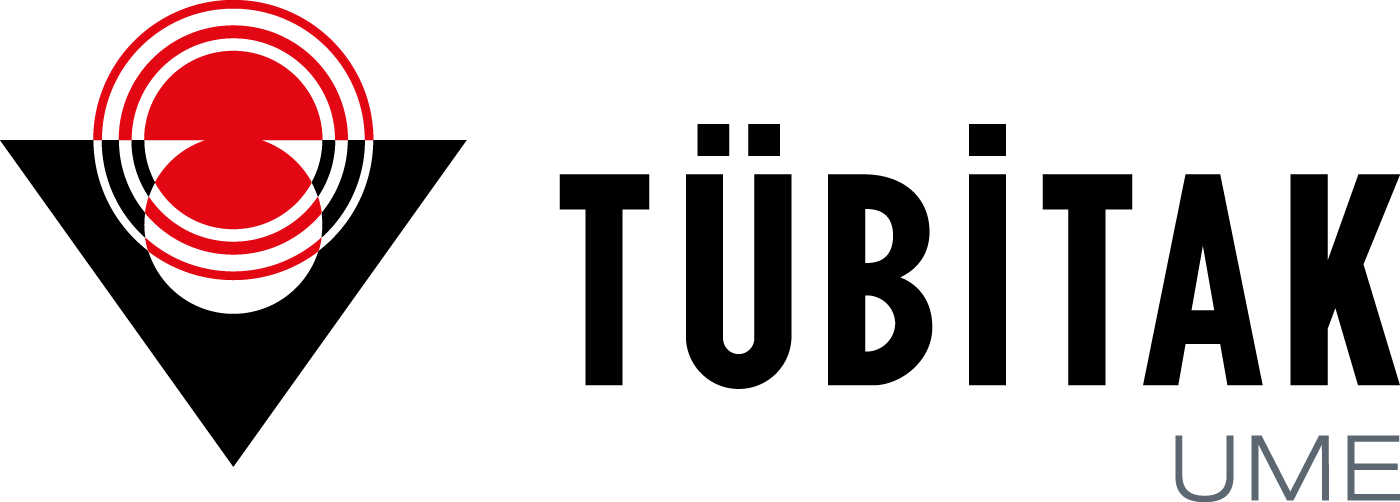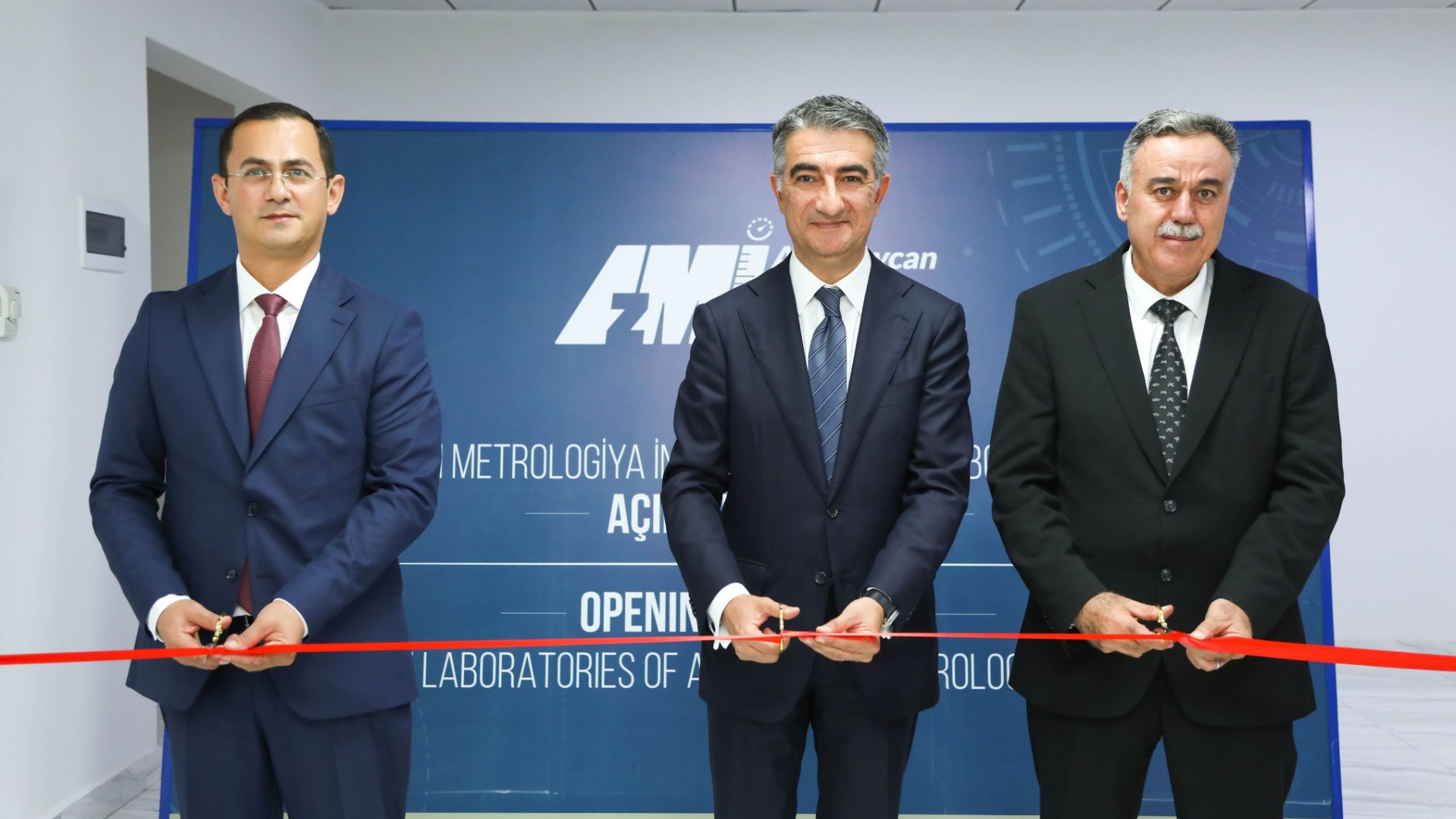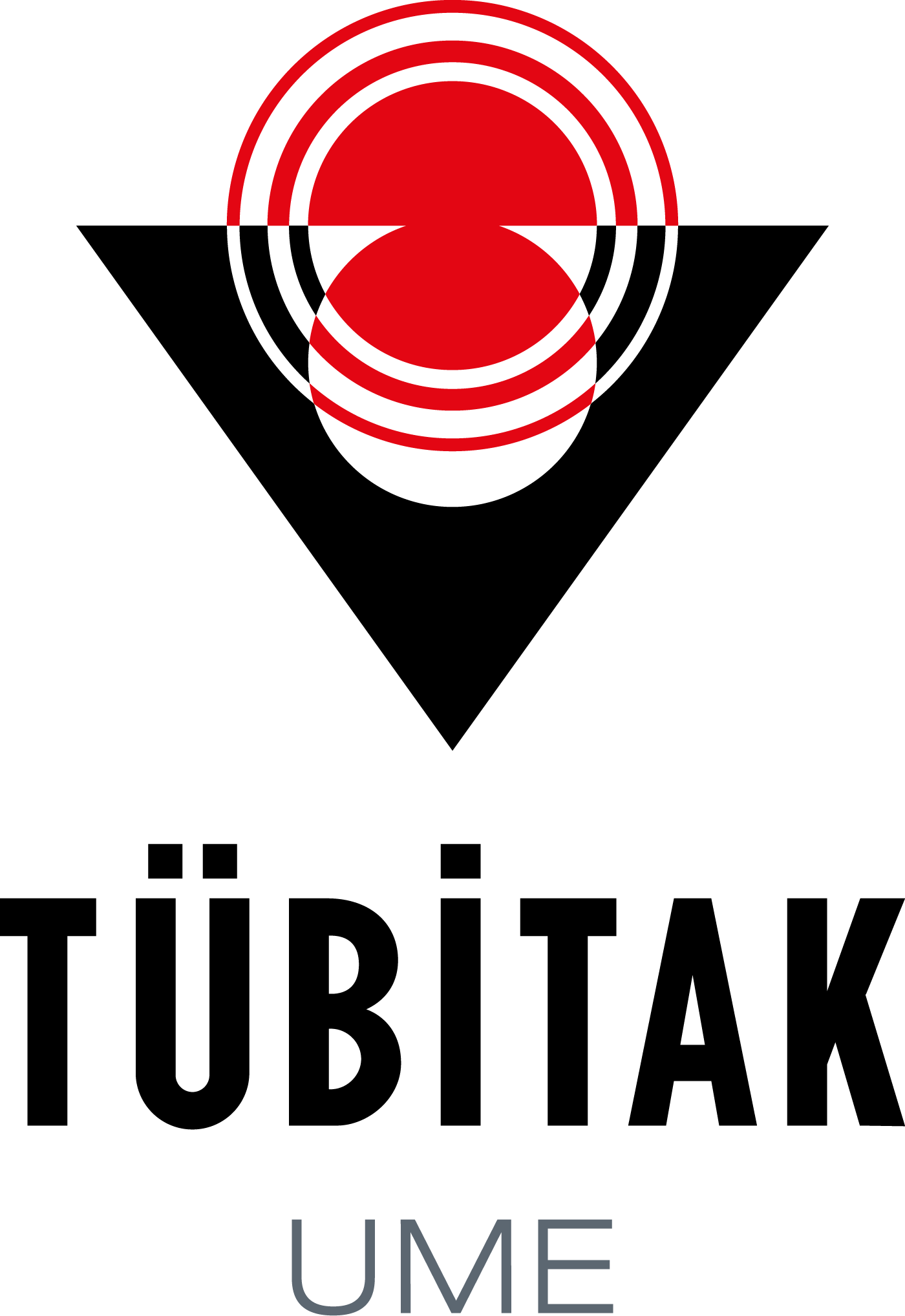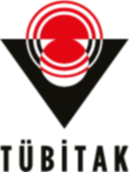With the decision taken at the International Conference on Weights and Measures, the general assembly of the metrology world, 4 new prefixes were added to the SI prefixes in order to express the ever-increasing data and measurements more accurately with the mind-boggling speed of technology.
This was the first time in 31 years that new prefixes were added to the International System of Units (SI).
According to the new decision, the prefixes "ronna" and "quetta" will be used for the largest numbers and "ronto" and "quecto" for the smallest. These will be prefixed to units of measurement such as kilograms and meters.
In other words, the upper and lower multiples of the meter, which we learned were up to 10 over 24, were now 10 over 27 and 10 over 30, extending the range in both directions and giving them new names and symbols.
From now on, 1027 for "ronna", 1030 for "quetta", 10-27 for "ronto", 10-30 for "quecto" prefixes.
Prefixes make it easier to express large or small quantities. For example, using 1000 meters instead of one kilometer, or one thousandth of a meter instead of one millimeter, can make complex calculations more difficult.
The SI prefixes, defined to ensure international uniformity in the expression of measurement quantities, help ensure that technical and scientific information is correctly understood and communicated around the world.
SI prefix names are chosen to be simple, meaningful if possible and memorable. SI prefix names end with "-a" for units larger than "kilo" and "-o" for units smaller than "milli". In determining the SI prefix symbols, attention is paid to the use of letters that will not be confused with the symbols of SI units.
The new prefixes are expected to future-proof the system and meet the world's need for higher numbers for at least the next 20 to 25 years. On the other hand, the prefixes and units also facilitate interdisciplinary communication.
Since its inception, the International System of Units has been increasing the number of prefixes in line with scientific needs. Most recently, in 1991, the unit prefixes "zetta" and "yotta" were added to the list to express large molecular quantities.










